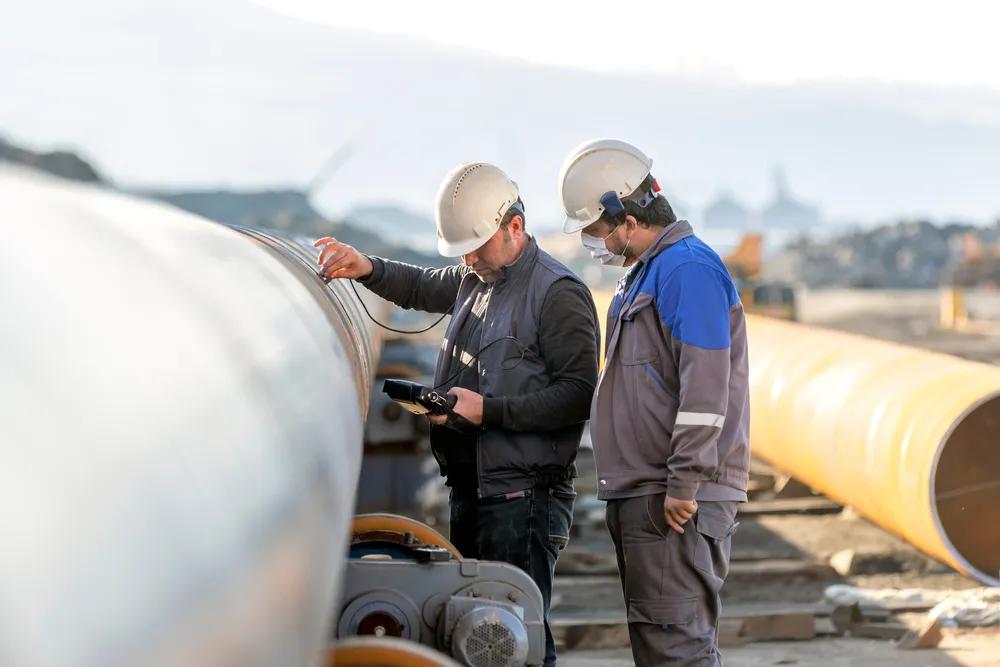Rigless Well Intervention Techniques in Oil & Gas Course
Introduction:
Rigless well intervention, as defined by the oil and gas industry, includes any operation performed on an oil or gas well throughout its productive life, which affects the well’s condition, performs diagnostics, or controls production. This training course addresses completion string problems as one aspect of rigless well intervention. Various methods, including production logging and well testing procedures, are employed at different phases to evaluate and investigate reservoir difficulties.
Typically, the completion string can be classified into two categories: those within the tubing bore that can be managed by tubing operations, and those that require retrieval of the completion string from the well. This course will provide detailed information on how workover and completion design are utilized to enhance the productivity of fields.
Objectives:
At the end of this Rigless Well Intervention Techniques in Oil & Gas training, participants will have the ability to:
- Appreciate the fact that the practice of well intervention is not uniform.
- Articulate the risks and the need for proper assessment, strategy formulation, and execution.
- Explain the meaning of a workover in terms of its costs and benefits toward well output or injection capacity retention.
- Define and explain the concepts and practices related to coiled tubing and hydraulic workover unit equipment.
- Examine and suggest filling string operational performance for different settings concerning the boundaries to be controlled.
- Use an intervention methodology to characterize three obstructions to purposeful change.
- Identify the categorization of effective control barriers for various wellbore interventions.
- Analyze functions associated with a successful wireline operation.
- Enumerate and logically explain various downhole wireline implements and installations.
- Detail the required surface wireline hardware.
- Examine aspects of wireline safety concerning well pressure control.
- Demonstrate the influence of depth, hole angle, and dogleg severity in achieving effective wireline operations.
- Understand the processes and equipment applicable to wireline, coiled tubing, and workover activities.
Training Methodology:
- PowerPoint presentations
- Case studies
- Group discussions
- Problem-solving sessions
- Role-playing scenarios
- Q&A sessions
- Simulation training
Course Outline:
Unit 1: Basic Well Completion Design, Practices, and Strategies:
- Classification of screens or completions
- Reservoir constraints and issues
- Mechanical constraints and issues
- Overview of well completion system categories and types
- Low and high completion string parts and selection factors
Unit 2: Containment and Barriers:
- Language for barriers
- Obstructions and barriers
- Envelope barriers
- Barrier testing
- Devices used for controlling flow (mechanical obstructers)
- Principles of well control
Unit 3: Types, Tools, and Applications of Wireline:
- Introduction to wireline
- Types of wirelines
- Understanding basic tool strings
- Overview of wireline fishing
- Stuffing box
- Wireline blowout preventer (BOP)
- Typical braided line rig setup
- Applications of wireline and operational challenges
Unit 4: Coiled Tubing Equipment and Applications:
- Overview of coiled tubing surface and subsurface components
- Applications of coiled tubing
- Cleaning procedures for coiled tubing
- Well killing using nitrogen lift
Unit 5: Well Control Devices and Procedures:
- Pressure control equipment for wireline and coiled tubing
- Barrier elements for wireline, coiled tubing, and cased hole applications
- Pressure testing of all barrier components
- Emergency procedures for wireline operations (e.g., wire cut on suction side or bottom hole assembly, tools stuck)
- Coiled tubing emergencies (e.g., pinhole in coiled tubing surface or bottom hole assembly, coiled tubing stuck or cracked)


















